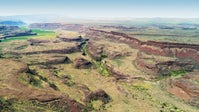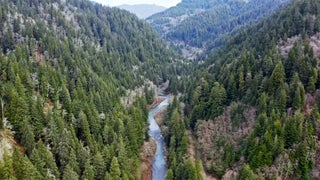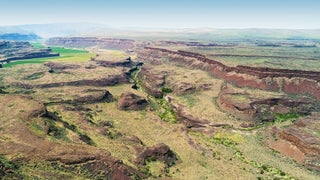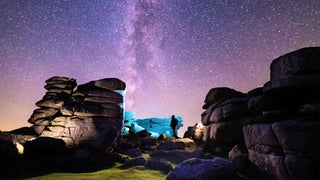Environment

Sawyer Filters are Changing Lives by Improving Access to Clean Water

These Washington Environmentalists Are Trying to Save the Elusive Wolverine

The Everglades Need More Fresh Water. Here’s What’s Being Done to Help.

Wildfires and Beetles Are Plaguing Our Forests. But We’re Not Powerless.

All Jokes Aside, New Comedy Video Series Tackles Important Environmental Issues

Landscape Architecture Is All About Finding Balance with Nature

This Farmer Has Been Working to Revive California’s San Joaquin River for over 65 Years

A New Film Encourages Viewers to Voice Support for Tongass National Forest

A Mesmerizing Drone Film of Water and Land Intertwined

A Solitary Whale in Search of Connection

Ultrarunning Through Wyoming’s Longest Migration Corridors

The Future of Oregon’s Wild and Scenic River System

This Boy Wants to Save the World from Plastic

Preserving Washington’s Shrub-Steppe

Light Painting Under the Night Sky

Mother Earth Confronts the Human Race

The Klamath River Is the Lifeblood of the Yurok Tribe

Using SUPs to Deliver a Plastic-Free Future

It’s Time for Mountain Bikers to Step Up

How Fire Suppression Made California Fires Worse
A Solitary Whale in Search of Connection
New perk: Easily find new routes and hidden gems, upcoming running events, and more near you. Your weekly Local Running Newsletter has everything you need to lace up! Subscribe today.
From director Joshua Zeman, The Loneliest Whale is a story about a solitary cetacean with a call that no other whale can understand. It was first discovered in 1989, when the U.S. Navy detected a mysterious signal in the Pacific Ocean. After months of study, Dr. William Watkins of the Woods Hole Oceanographic Institution in Massachusetts concluded that this strange subaquatic rumble belonged to a whale he dubbed “52,” which was emitting a distinctive 52-hertz frequency that was nothing like other whales that moved in similar migratory patterns. A whale’s call is social, but no response to 52 was ever recorded. Watkins summarized that this singular creature was solitary and unique, possibly the first or last of its kind, a whale unable to find a mate or bond with others of its species. Researchers who tracked the signal of the 52-hertz whale had never set eyes on the whale themselves. In the film, Zeman documents a team as they take on the seemingly impossible task of locating 52 in the vastness of the Pacific Ocean.



















